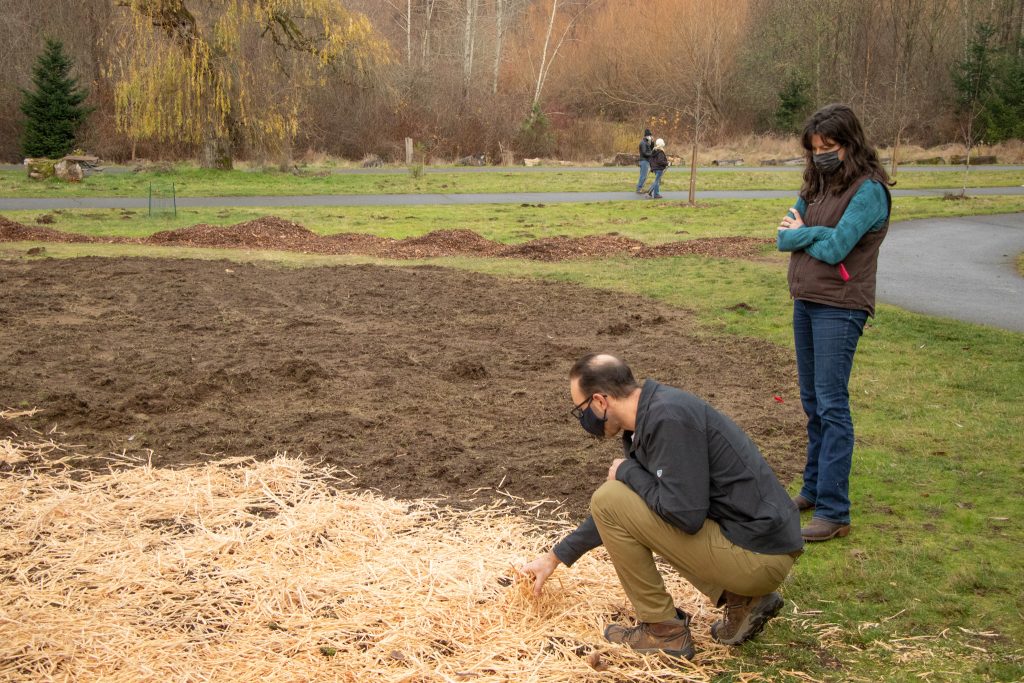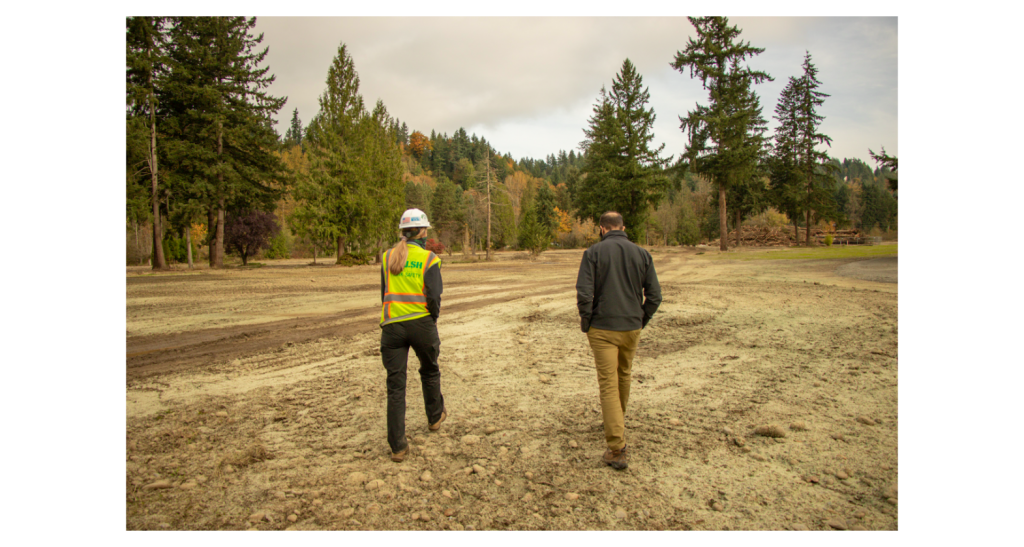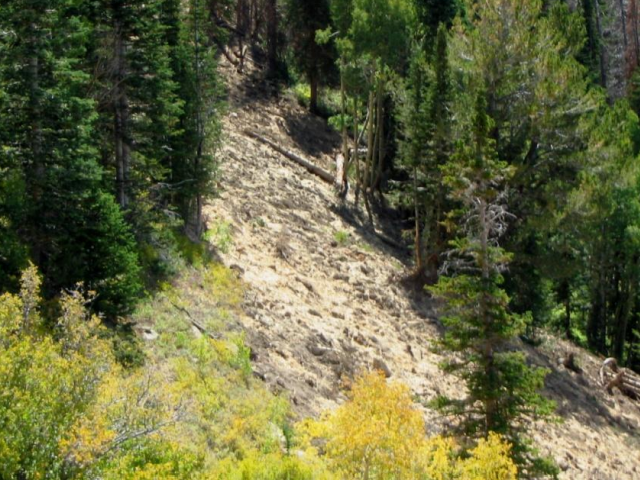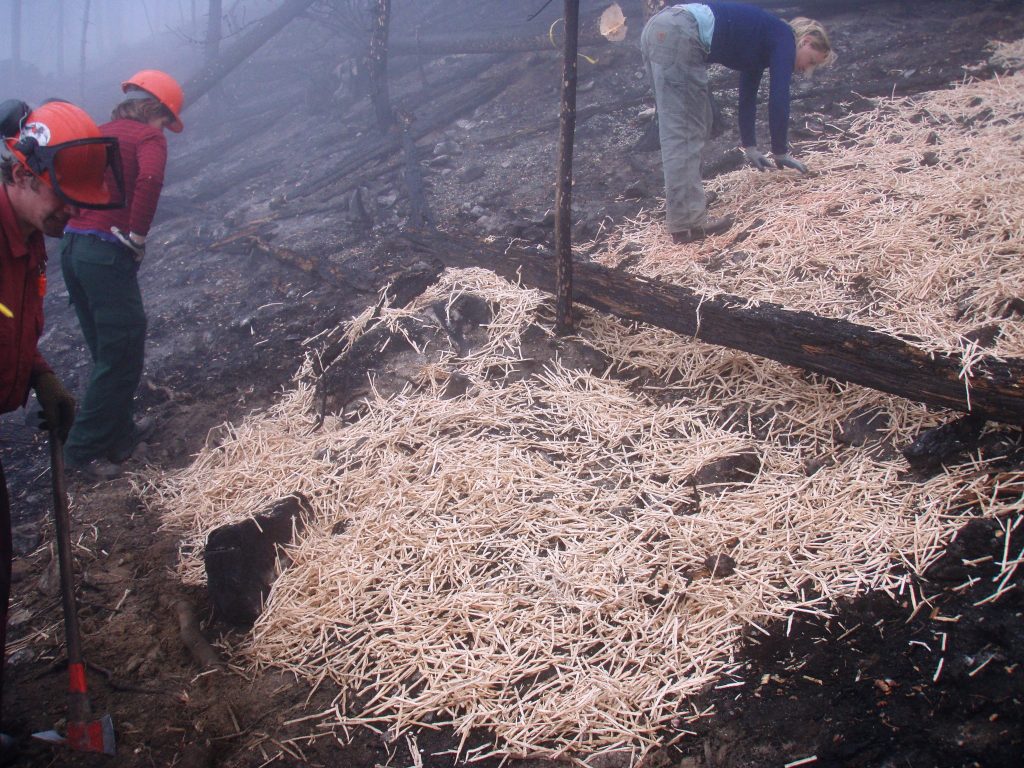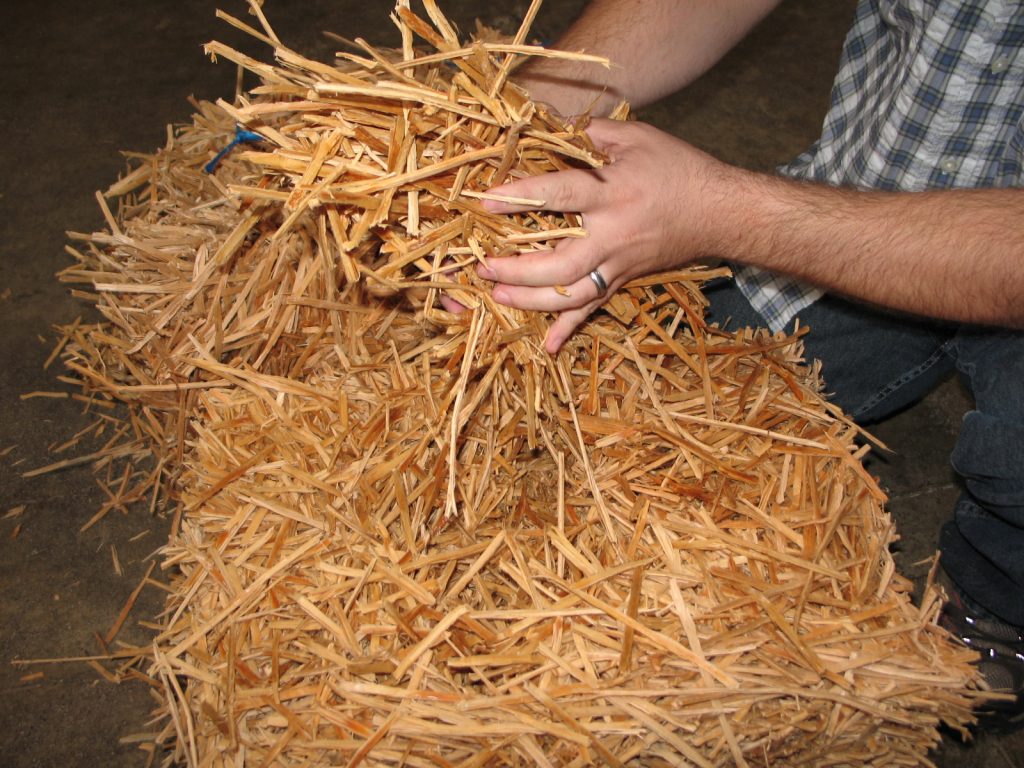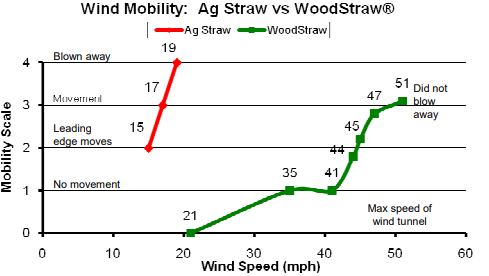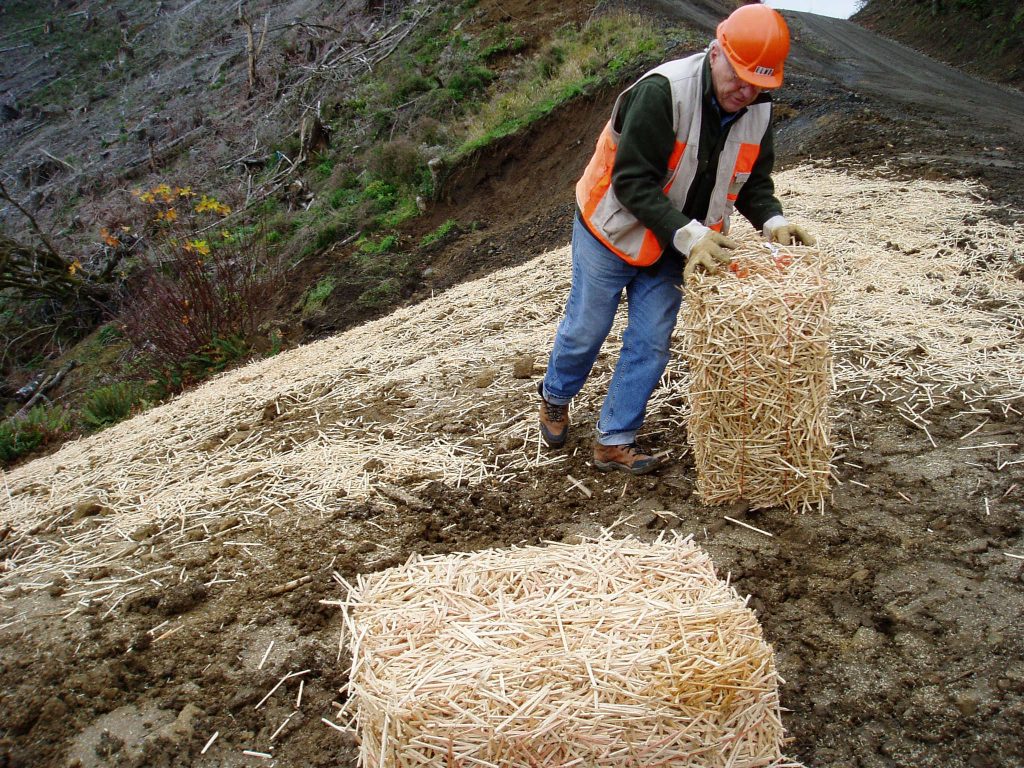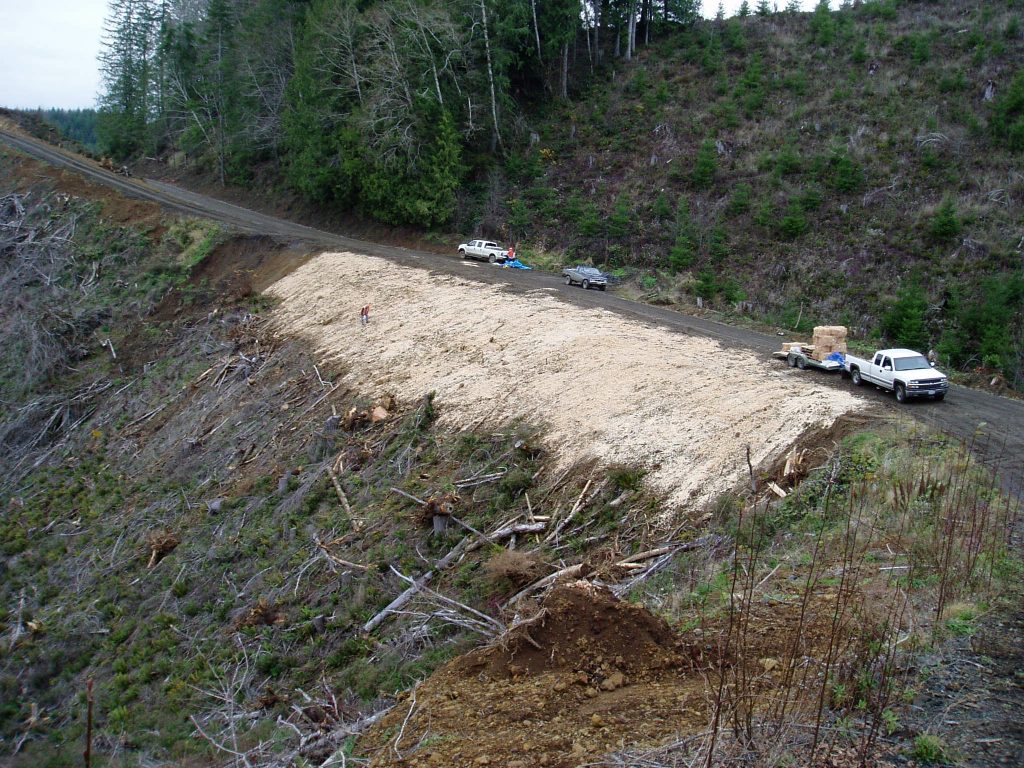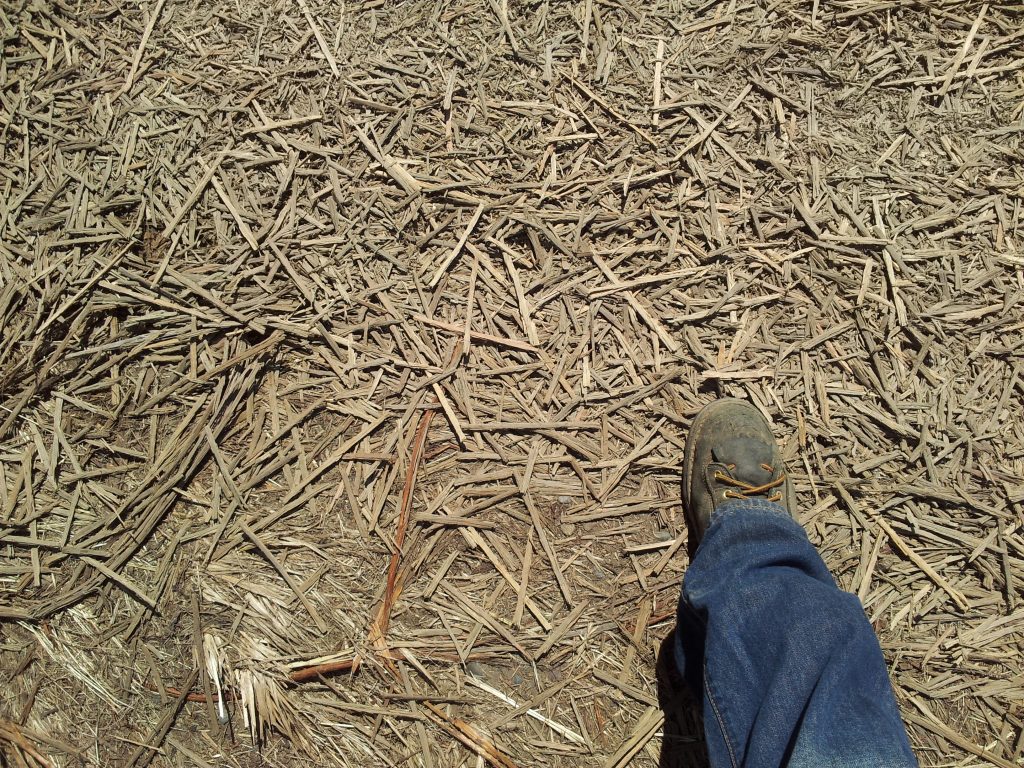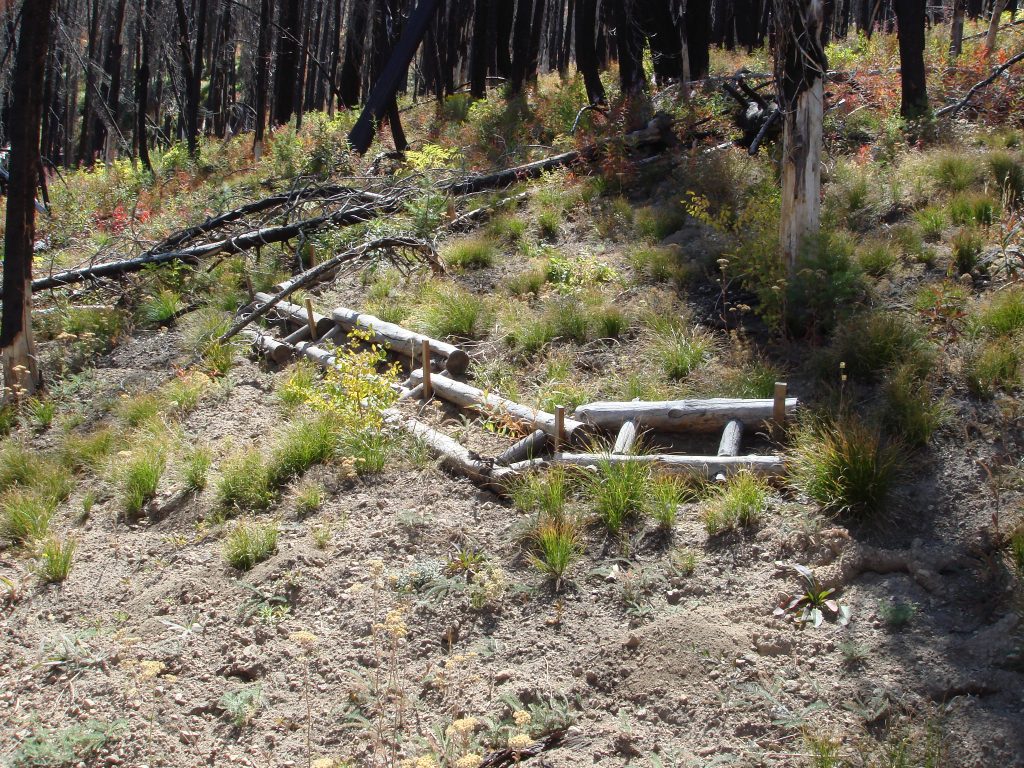Juanita Bay Park Meadow Project (WoodStraw® ECM Application)
Juanita Bay Park (Kirkland, WA) In early December, we visited Juanita Bay Park in Kirkland, Washington, where WoodStraw® erosion control material had been applied for a greenspace restoration project. The park, which was a former golf course, provides a natural haven for both city dwellers and wildlife alike. Instead of caring for heavily manicured lawns, […]
Juanita Bay Park Meadow Project (WoodStraw® ECM Application) Read More »

